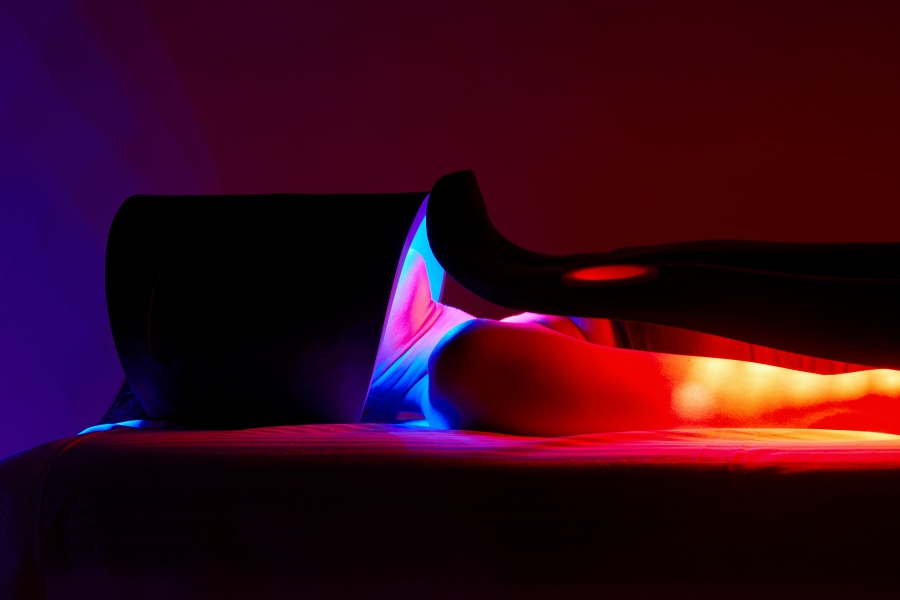How to Choose: LED
From Hollywood celebrities to high street medical practices, LED light therapy is in hot demand. Backed by proven science, light therapy can effectively treat a variety of skin, pain, and even wound conditions. Thanks to advances in LED technology, today’s devices are more compact, versatile, and cost-effective than ever before. While the prospect of selecting the ideal LED device may seem daunting, it does not have to be. Here are some simple rules for choosing the best LED device for your practice.
QUALIFICATIONS
When investing in a new light therapy device, the most important consideration is the device’s credentials and the clinical research behind it. You need to know that the machine is proven to do what you want it to do. For this reason, it is important to separate science from marketing hype. Ask the manufacturer for proof that the device is FDA-cleared for the precise claims being made and the clinical research to support those claims. Only devices that have been issued FDA-clearances and medical CE marks have been reviewed for efficacy and safety.
AFFORDABILITY AND RETURN ON INVESTMENT
Gone are the days of the LED device the size and price of a car. Understanding how long it will take equipment to pay for itself should be a determining factor for any wise investment. Just like smartphones, today’s devices have become multi-functional, portable, and streamlined. These versatile devices treat many conditions and are more cost-effective than ever before.
EFFECTIVENESS
A specific amount of light energy must reach the target tissue to achieve favorable clinical outcomes. So, when choosing an effective LED device, the real question is how much energy is available for absorption by the cells, not how much power is being emitted by the device. There are several factors which impact the cells’ ability to absorb the light energy.
First, choose a device which emits evidence-based wavelengths; blue, red, and near-infrared. These wavelengths have been proven to increase ATP production, so under-functioning cells can perform more effectively. No other wavelengths are more broadly supported in credible scientific research.
Also, as mentioned previously, the efficacy of a light therapy session depends on the amount of energy absorbed by the cells during the treatment session – not the power output by the device. The closer the device can be placed to the tissue, the more readily the energy is absorbed. Consequently, it is prudent to choose a flexible and shape-taking system, which contours to the treatment area, holds its shape, and stays in place without a support. Conforming to the treatment area permits more consistent distance to the tissue and ultimately more uniform absorption of the light energy.
Light can be delivered in either a continuous wave or pulsed manner. Look for an innovative LED system that offers both as an option. Specific micro-second pulsing parameters modulate the light delivery, enabling the cells to uptake more of the energy over the treatment session. More energy absorbed by the cells equals faster, more superior clinical results.
Treatment time matters, too. It takes cells a certain amount of time to absorb enough energy to effect a change at the cellular level. The duration of the LED session should take this fact into account. High-quality LED devices call for 20- to 30-minute treatment times to deliver a full therapeutic dose of energy upregulating cellular activity for up to 48 hours post-treatment. This is how a quality LED device achieves observable change in skin, pain, and wound conditions. The range of energy delivery for an effective LED device is measured in joules and should be in the range of two to 12 joules per centimeter squared.
